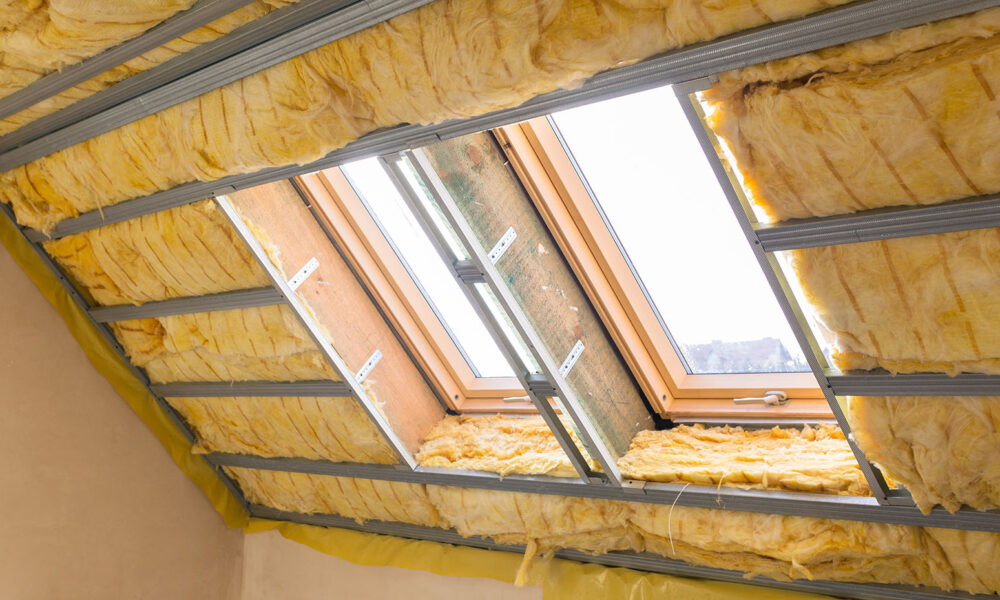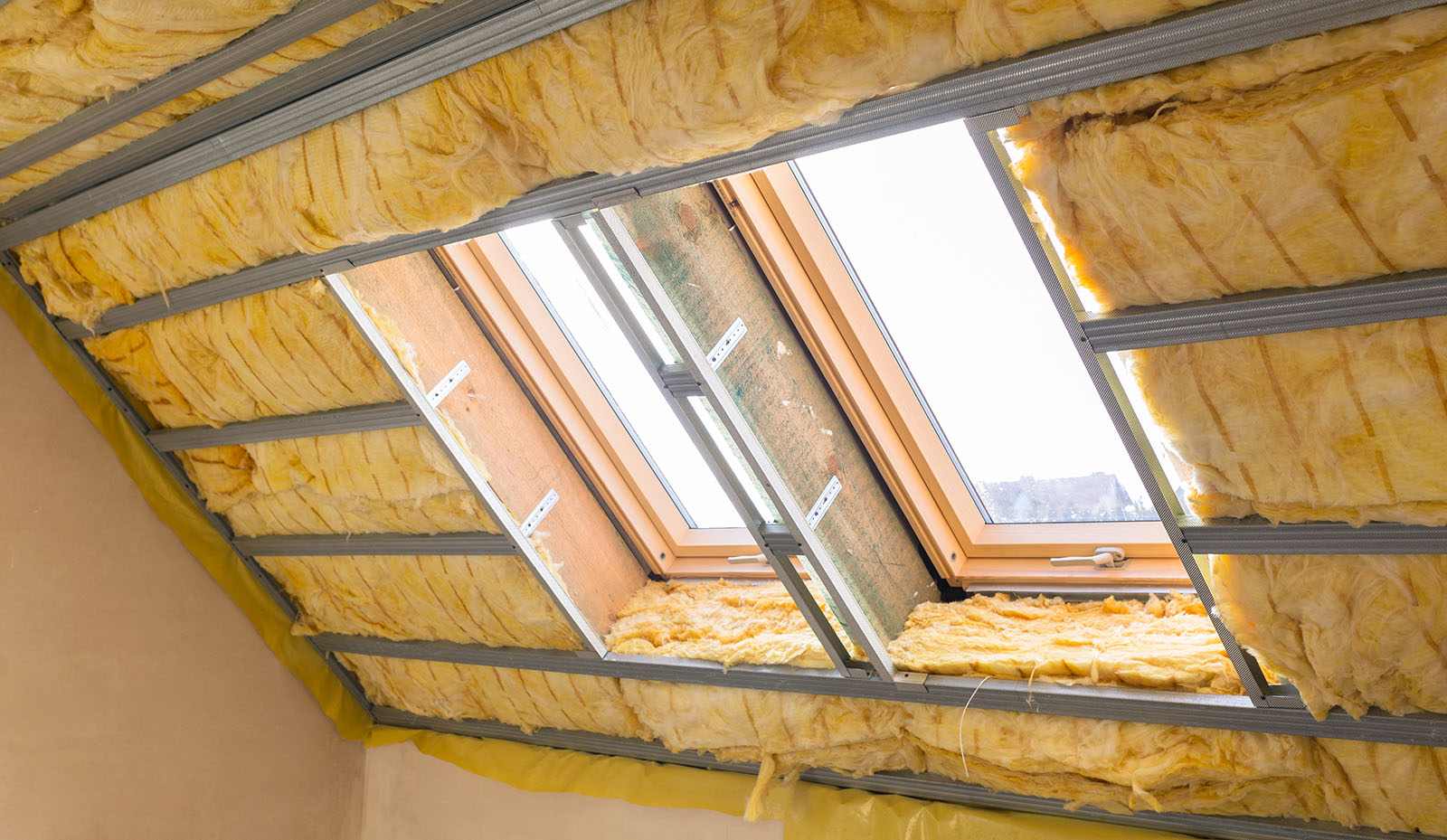

When it comes to keeping your family comfortable and energy bills low, good insulation at home is critical. Good insulation helps keep temperatures inside your home consistent, blocks out any external noise, and improves air quality. It can also protect against moisture buildup, preventing mold growth and other health and safety risks.
This article will provide a comprehensive overview of the different types of insulation, why it’s important, and how to ensure your home is properly insulated. Keep reading to learn more!
1. Benefits of Good Insulation
Since energy efficiency plays a major role in providing comfort and convenience at home, insulation is key. Good insulation helps keep the cold out during winter and the heat out during summer, so you can stay comfortable in any weather conditions. It also helps reduce noise from outside which makes for a quiet environment inside your home.
Moreover, it traps air inside the house which leads to better air quality, since dust and allergens can’t get in as easily. Good insulation will also help you save money on your energy bills since it prevents a lot of energy loss.
2. Risks of Poor Insulation
As well as the financial implications of poor insulation in the home, there are also significant risks to consider. Poorly insulated homes are more susceptible to dampness and mold, which can cause respiratory problems for those living in affected properties. Poor insulation may also lead to greater energy bills and higher carbon emissions, contributing to climate change.

In addition, it means that residents may be missing out on the opportunity to benefit from free energy efficiency measures such as cavity wall insulation, which is available to many households in the UK. In other words, failing to properly insulate a home can not only cost more money but also have an impact on health and the environment.
3. Cost Savings with Good Insulation
To add to the comfort of your home, good insulation can help you save money. Poorly insulated homes use more energy and experience higher bills than those with proper insulation. Investing in insulation is an investment that pays off over time, as you’ll be able to enjoy lower energy costs each month.
Good insulation will also help save on repairs, as it helps preserve and protect the structure of your home. Ultimately, good insulation adds to a strong return on investment for homeowners.
4. Energy Efficiency and Comfort with Proper Insulation
One of the most important benefits of good insulation is energy efficiency. By preventing heat from entering or leaving your home, you can ensure that less energy is used to keep it at a comfortable temperature. This means you will be able to save on your energy costs by not having to use as much heating and cooling throughout the year.
In addition, your home will stay more comfortable during the year, as proper insulation will help to keep temperatures consistent and reduce drafts. Good insulation also helps to reduce noise from outside, providing a quieter environment for you and your family.
5. Recommended Levels of Home Insulation
There are recommended levels of insulation that homeowners should aim to achieve in their homes, as this is what has been proven to provide the most effective protection against heat loss and energy bills. Now, you may ask yourself, how much insulation do I need in my attic, or in my walls? Generally, an R-38 insulation is recommended for attics and walls should be insulated to at least R-20.
It is important to note that these recommendations can vary based on climate and geographical location, so it’s best to consult an energy auditor or contractor before making any major decisions.
6. Different Types of Home Insulation Materials Available
Even though there are some materials that are more popular than others, there is no single material that is best for every home. Different types of insulating materials have different characteristics and capabilities, so it’s important to consider your needs before choosing the right one for you. Here are some of the most common types of home insulation materials:
• Fiberglass Insulation: This material is made from glass fibers and is used most commonly in attics, walls, and floors. It can be installed as batts or rolls of insulation and has a high R-value – meaning it provides excellent thermal resistance for the home.
• Cellulose Insulation: Cellulose insulation is made from recycled paper, and it has a high R-value. It’s often used in attics, walls, and floors because of its soundproofing capabilities.
• Spray Foam Insulation: This material is sprayed onto attic ceilings, walls, and hard-to-reach spaces to create an airtight seal that is extremely effective at blocking out heat, cold, and sound.
• Foam Board Insulation: This type of insulation is made from pre-cut foam boards that are designed to fit snugly into walls and ceilings. It’s a great choice for those who want an easy solution that is also affordable and provides good thermal insulation.
In the end, insulation is an important part of keeping your home comfortable and preventing energy loss. It’s cost-effective and can save you money on energy bills in the long run. Plus, good insulation helps to protect the environment by reducing your carbon footprint. Installing or replacing outdated insulation is a great way to improve energy efficiency, comfort, and sustainability at home.
So, don’t let outdated insulation compromise your home—make sure to check and update it as needed! With the right kind of insulation installed in the right places, you can enjoy a comfortable home without sacrificing energy efficiency or sustainability.























